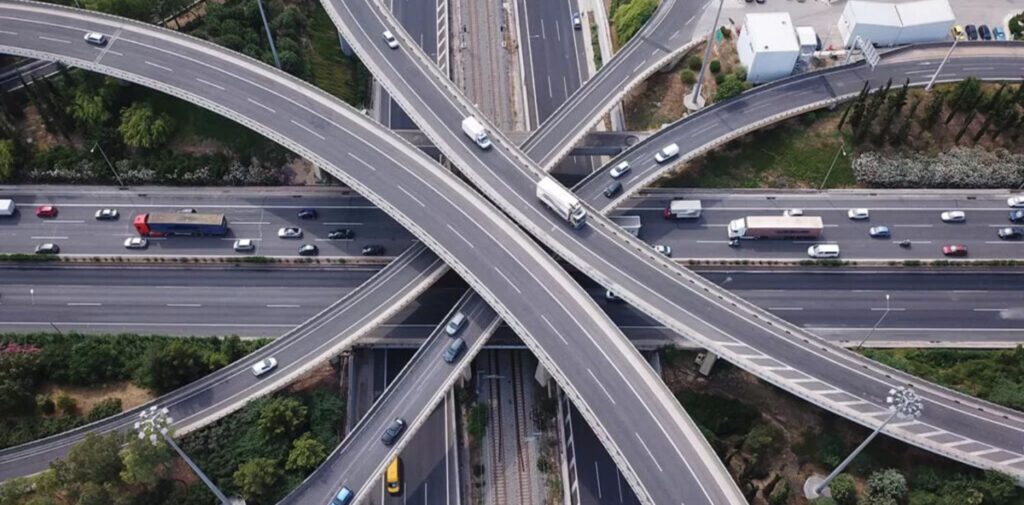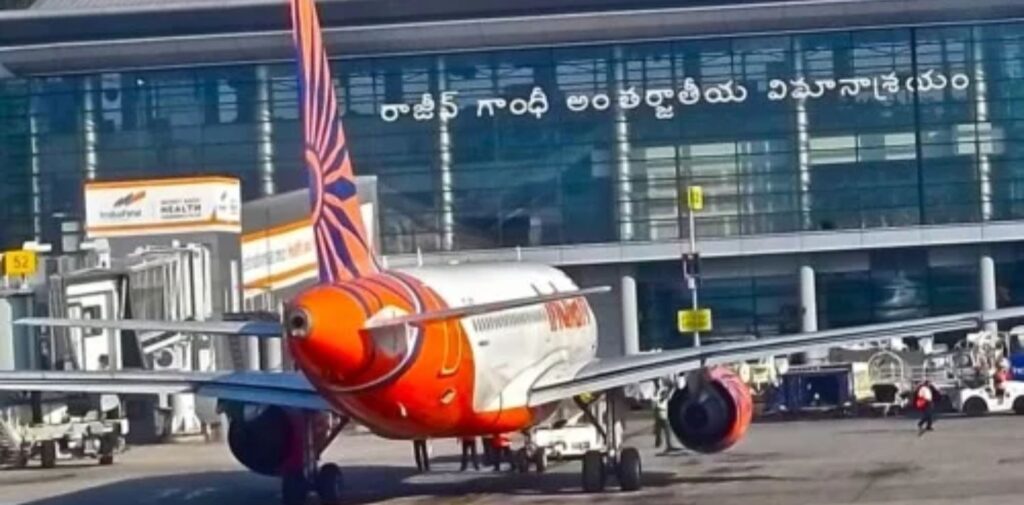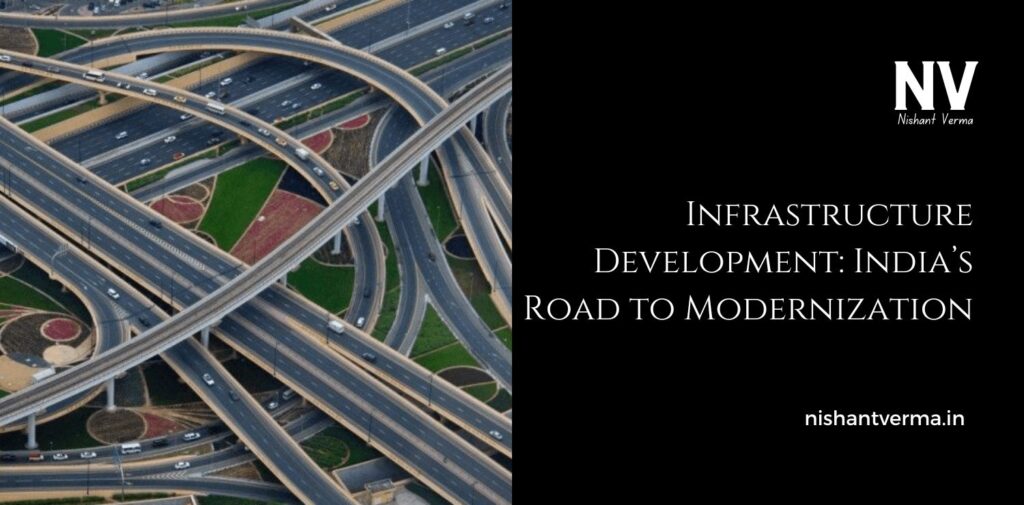Infrastructure development plays a key role in transforming a country into a modern and successful nation. In India, the road to modernization has been marked by the growth and improvement of various types of infrastructure, like roads, bridges, railways, and airports. This development has not only helped in the growth of cities but also improved the lives of people in rural areas, creating new opportunities and changing how people live and work. Let’s dive into how infrastructure development has shaped India’s journey from its independence to the modern-day powerhouse it is becoming.

What Is Infrastructure?
Infrastructure refers to the basic physical structures and facilities needed for the economy to run smoothly. These include roads, railways, bridges, airports, power supply systems, communication networks, and many other services. Without good infrastructure, a country cannot grow or provide the essential services its people need.
When India gained independence in 1947, it was facing many challenges. The country was poor, with limited roads, broken railways, and underdeveloped cities. There was a need for building strong infrastructure to help people access better jobs, education, and healthcare.
The Beginning of India’s Infrastructure Journey
After independence, India’s leaders realized that for the country to grow, it needed better infrastructure. Roads and railways were among the first things that needed attention. India had a vast landmass, but transportation was slow and inefficient. People in rural areas found it difficult to travel to cities for work, and goods were also hard to transport across the country.
Improving Roads and Highways
One of the first big steps India took was to improve its road network. Better roads meant faster travel, and this was essential for both trade and the movement of people. The government started working on national highways that connected different states and cities. Over time, new highways were built that allowed farmers to send their goods to faraway markets. This opened up opportunities for people living in villages.
In recent years, India has also built several expressways and metro systems in big cities, like Delhi and Mumbai. These projects made travel faster, easier, and more comfortable. Roads and highways are also important for tourism. Tourists from different parts of the world can now easily visit famous places in India, boosting the economy and bringing in money for development.
Railways: The Lifeline of India
The Indian Railway network is one of the largest and most important rail systems in the world. When the British ruled India, they built the railways to transport goods, but after independence, the government realized how important it was to expand the railway system. Railways helped people travel from one place to another, allowed goods to be moved easily across long distances, and helped in connecting remote areas with cities.
Over the years, the Indian government has worked hard to modernize the railways by introducing faster trains, making stations cleaner, and improving the comfort of passengers. High-speed trains like the Vande Bharat Express have made traveling easier and more enjoyable. Additionally, freight trains help businesses by transporting raw materials and finished products across the country.
Bridges and Flyovers: Connecting the Unconnected
Bridges and flyovers are essential parts of the road infrastructure. India is home to many rivers, mountains, and valleys, so building bridges was an important part of connecting different parts of the country. Large bridges like the Howrah Bridge in Kolkata and the Bandra-Worli Sea Link in Mumbai have not only improved connectivity but also become symbols of India’s engineering skills.
Flyovers have helped ease traffic jams in big cities. In crowded places, vehicles often have to wait in long lines, wasting time and energy. With the construction of flyovers, cars and buses can now pass over traffic, making travel faster and reducing stress for commuters.

Airports: Soaring High
Airports play an important role in connecting India to the rest of the world. Over the last few decades, India has built and upgraded many airports, making travel easier for people and businesses. With better airports, people can travel to other parts of India and the world quickly. India’s airports, like those in Delhi, Mumbai, Bengaluru, and Hyderabad, have been developed to international standards.
Many people travel by air for business and tourism. As the economy grows, the demand for air travel increases, and India has kept up with this growth. With the construction of new airports in smaller cities and towns, even people from remote areas can now fly and explore different parts of the country.
Power and Electricity: The Backbone of Development
Electricity is one of the most crucial aspects of infrastructure development. Without power, factories cannot run, schools cannot function, and homes cannot have lights or fans. After independence, India faced many power shortages, and people in rural areas struggled to get access to electricity.
The government invested in building power plants, including thermal, hydro, and solar power stations. The expansion of electricity networks made it possible for rural areas to get power, helping farmers to use irrigation systems and enabling children to study at night. In recent years, India has also become one of the largest producers of solar energy, using renewable sources to meet the growing energy demand.
Telecommunication and the Internet: Connecting India
In today’s world, communication is vital for businesses, education, and staying in touch with loved ones. In the past, communication in India was slow and costly, with only a few people having access to landline phones. However, the government worked to expand telephone lines, and soon mobile phones became a common sight across the country.
In recent years, the internet has transformed life in India. The government invested in improving telecommunication systems and expanding internet connectivity, especially in rural areas. Today, millions of people in India have access to fast internet, allowing them to work, learn, and shop online. It has also helped small businesses grow by giving them access to national and international markets.

Challenges and Opportunities for the Future
While India has made significant progress in developing its infrastructure, there are still many challenges. Rapid urbanization, population growth, and climate change can strain existing systems. India needs to continue building more roads, bridges, railways, and power plants to meet the demands of a growing population.
The government is also focusing on creating sustainable infrastructure that respects the environment. Renewable energy sources, electric vehicles, and green buildings are some of the new trends that are shaping India’s infrastructure.
Conclusion: A Strong Foundation for the Future
Infrastructure development has been at the heart of India’s modernization journey. From better roads and railways to improved electricity and telecommunication networks, every step taken towards building a better infrastructure has helped the country move closer to becoming a global leader.
Today, India is no longer just a developing nation but is on its way to becoming a global economic powerhouse. With continued investment in infrastructure, India will continue to grow, providing its citizens with better lives and creating new opportunities for future generations.




